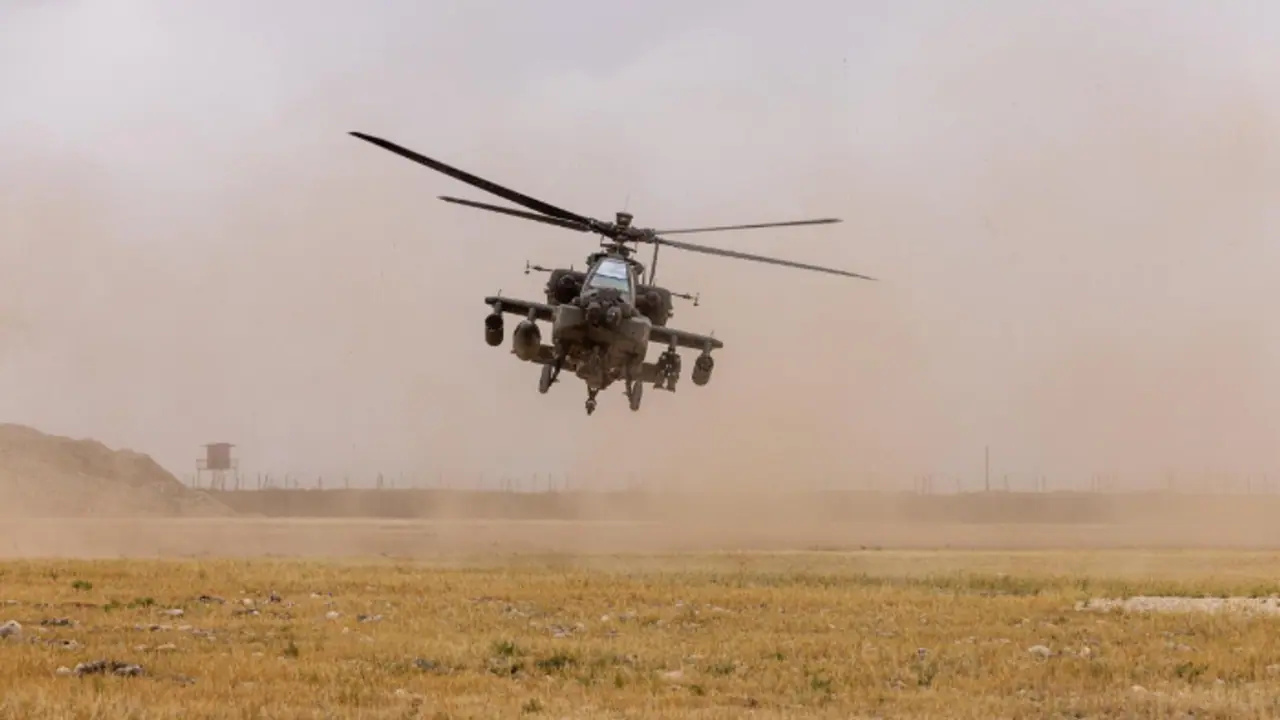After a year’s delay, the Indian Army will receive its first three Apache combat helicopters from the US on July 21. These will boost offensive and reconnaissance power, with deployment planned along the Pakistan border.
New Delhi: After a delay of over an year, the Indian Army will finally be receiving the first batch of three Apache combat helicopters from the United States on July 21, significantly enhancing the force's offensive and reconnaissance capabilities.

Sources in the defence and security establishment have confirmed to Asianet Newsable English about the arrival of the helicopters, which will be deployed along the western border with Pakistan.
In March 2024, as Asianet Newsable English had reported that the raising of a squadron at Jodhpur in Rajasthan but the helicopters couldn’t be inducted due to disruption in the supply chain erupted in the wake of fast evolving geopolitical situations around the world, continuously pushing the timeline further.
In 2020, when the then US President, Donald Trump was in India, the two countries signed a deal to procure 6 Apache helicopters for the Army, worth USD 600 million, with the original delivery scheduled for the first batch by May – June 2024.
It was a follow-on order after the Indian Air Force procured a total of 22 Apache combat helicopters. The deal was inked in 2015 with the US Government and Boeing.
Equipped with advanced targeting systems that provide day, night and all-weather target information, as well as night vision navigation capability, these attack helicopters are intended to further bolster the Army's offensive capabilities.
Besides, the helicopters are also equipped with the latest communications, navigation, sensor and weapon systems.
The helicopters can also be used for missions like reconnaissance, security, peacekeeping operations, apart from attack operations.
The Indian Air Force’s two squadrons are currently operational with the first one raised at Pathankot while the second one at Jorhat. It received all 22 helicopters in July 2020.


